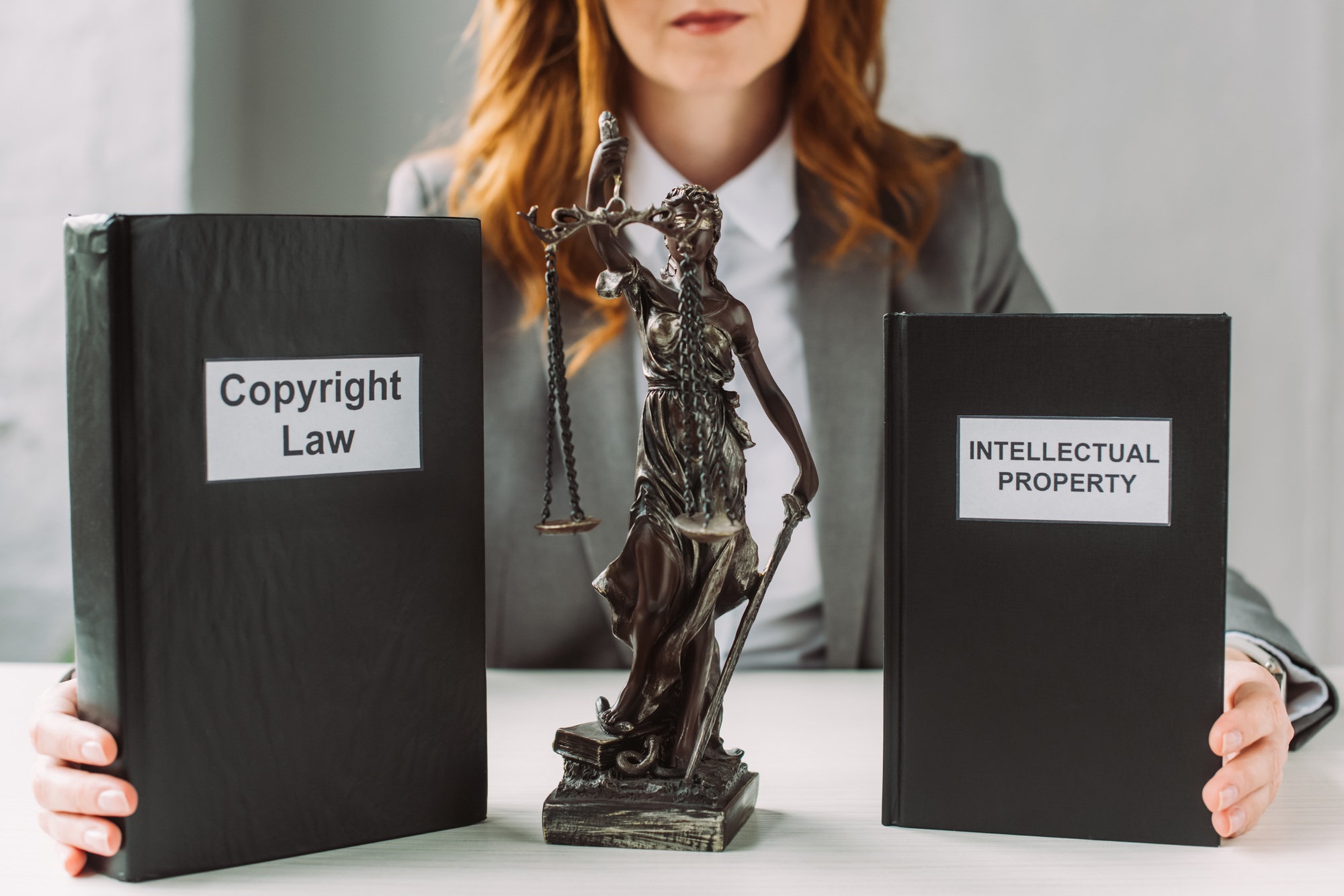A recent judicial decision has sent shockwaves through the tech and legal communities, reshaping how copyrighted materials are used to train AI systems. In a case that could set new legal precedents, a federal judge rejected Westlaw’s fair use defense in its AI copyright lawsuit—a move that challenges conventional interpretations of fair use and raises important questions for the future of AI innovation.

The Case in a Nutshell
Westlaw, a leading legal research service owned by Thomson Reuters, has long been known for its extensive archive of legal documents. With the growing use of artificial intelligence in legal research, Westlaw embarked on a project to enhance its services by training an AI model using vast amounts of its copyrighted content. However, critics argued that the process involved replicating large quantities of copyrighted materials without sufficient transformation, ultimately undermining the fair use doctrine.
The judge’s ruling emphasized three critical points:
- Lack of Transformation: The process of feeding raw legal texts into an AI algorithm did not create a new, significantly altered work. Instead, the AI model essentially reprocessed the original materials.
- Commercial Use: Given that the AI system was developed as a commercial product aimed at enhancing legal research, the court found that the use of copyrighted content could harm the market value of the original works.
- Extensive Copying: The sheer volume of copied material played a significant role in the decision. Even if used for technological advancement, massive reproduction of content can overstep fair use boundaries.
Broader Implications for AI and Copyright
This ruling not only impacts Westlaw but also signals a broader shift in how copyrighted materials might be used in AI development:
- Legal Precedents: The decision could pave the way for future legal challenges in the tech industry, compelling companies to re-evaluate their data acquisition strategies.
- Balancing Innovation and Protection: As AI continues to evolve, courts and lawmakers are tasked with finding a balance between fostering technological innovation and protecting the rights of content creators.
- Need for Clearer Guidelines: The case underscores the urgency for updated legal frameworks that address the complexities of AI training practices, ensuring that both innovation and intellectual property rights are adequately safeguarded.
Beyond the Courtroom: Additional Considerations
While the courtroom drama focused on the specifics of Westlaw’s practices, several broader issues merit attention:
- Historical Context: This case is reminiscent of earlier landmark cases—such as the Google Books litigation—that forced the legal system to grapple with how traditional copyright doctrines apply in the digital age.
- Global Impact: Although this ruling is based on U.S. law, similar legal debates are unfolding around the world. Regions like Europe and Asia, with different copyright and fair use standards, are watching closely as they too seek to balance technological progress with intellectual property rights.
- Ethical and Economic Dimensions: Beyond legal technicalities, this case invites a broader discussion about the ethical implications of using vast repositories of copyrighted content. Should content creators receive compensation or recognition when their work fuels powerful AI systems?

Frequently Asked Questions (FAQs)
Q1: What is fair use, and why did Westlaw’s defense fail?
A: Fair use is a legal doctrine that permits limited use of copyrighted material without permission, evaluated through factors such as purpose, nature, amount used, and market impact. Westlaw’s defense failed because the court found that the extensive, nontransformative copying of copyrighted materials for a commercial AI product did not meet these fair use criteria.
Q2: How will this decision impact the use of copyrighted materials in AI training?
A: The ruling sets a precedent that extensive and nontransformative use of copyrighted materials—especially for commercial applications—may not qualify as fair use. Companies developing AI systems might need to secure proper licenses or seek alternative methods for data sourcing to avoid potential copyright infringements.
Q3: What steps can companies take to mitigate legal risks when using copyrighted data for AI?
A: To reduce legal risks, companies should consider negotiating licensing agreements for the use of copyrighted materials, employ strategies that ensure data is sufficiently transformed during AI training, and stay updated on evolving legal standards and guidelines. Proactively addressing these issues can help balance innovation with respect for intellectual property rights.
Conclusion
The judicial setback in Westlaw’s fair use defense marks a pivotal moment for both AI development and copyright law. As technology continues to advance, striking the right balance between fostering innovation and protecting creative work remains a complex challenge. This case not only signals new legal horizons but also prompts industries worldwide to rethink their approaches to data use in the age of artificial intelligence. Stay tuned as this evolving landscape continues to shape the future of technology and law.
Sources Bloomberg Law


